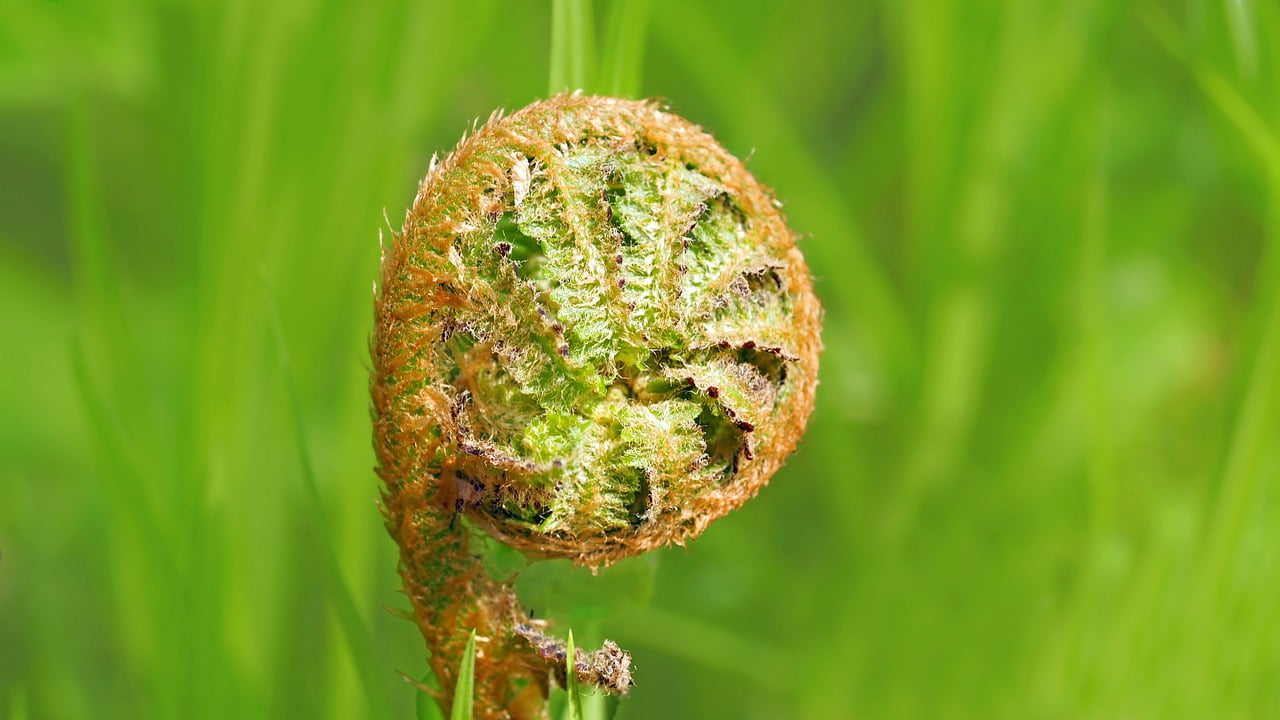
Dryopteris and Planting: A Comprehensive Guide
Introduction
In the vast world of gardening, making the right choice among the myriad of plant species can be an overwhelming endeavor. However, if you’re on the lookout for a botanical addition to your garden that combines elegance with resilience, then Dryopteris, commonly known as wood ferns, may be the perfect choice. In this detailed guide, we will embark on a journey through the fascinating realm of Dryopteris, guiding you from the initial selection of the perfect variety to the art of planting and nurturing these exquisite ferns.
Understanding Dryopteris
What is Dryopteris?
Dryopteris is a remarkably diverse genus of ferns, boasting over 250 distinct species. This impressive diversity positions it as one of the largest fern genera globally, and it is celebrated for good reason. The defining features of Dryopteris are its delicate, lacy fronds and its exceptional adaptability, making it an outstanding choice for both novice and seasoned gardeners.
Varieties of Dryopteris
Within the realm of Dryopteris, a captivating array of species and cultivars await discovery, each with its unique set of characteristics. Let’s take a closer look at a few of the popular varieties:
- Dryopteris filix-mas (Male Fern): This variety is renowned for its robust growth and impressive hardiness, making it a timeless favorite among gardeners.
- Dryopteris erythrosora (Autumn Fern): The Autumn Fern is celebrated for its striking coppery-red new growth, which adds a vibrant burst of color to any garden.
- Dryopteris marginalis (Marginal Wood Fern): Ideal for shaded areas, this fern boasts elegant fronds with a feather-like texture, creating a sense of grace and charm.
- Dryopteris ludoviciana (Southern Wood Fern): Indigenous to North America, this fern thrives in woodland garden settings, adding a touch of natural beauty.
Planting Dryopteris
Selecting the Right Location
Before you embark on the planting journey with Dryopteris, it is crucial to select the ideal location for these ferns. Dryopteris thrives under specific conditions:
- Partial to Full Shade: These ferns prefer filtered sunlight or dappled shade, making them an excellent choice for planting beneath the canopies of larger trees or in the vicinity of tall shrubs.
Soil Preparation
- Well-Draining Soil: Dryopteris flourishes in soil that is consistently moist but well-draining. To achieve this balance, consider amending your garden bed with organic matter to enhance drainage.
- pH Level: Ferns thrive in slightly acidic to neutral soil. Aim for a pH level ranging from 5.5 to 7 to create an optimal environment.
Planting Process
- Digging Holes: Prepare holes that are slightly larger than the root ball of your Dryopteris. Ensure that you space them adequately to allow for proper growth.
- Planting Depth: Position each fern so that the top of the root ball aligns with the ground’s surface. This will promote healthy establishment.
- Mulching: Apply a layer of mulch around the ferns to help retain moisture, regulate soil temperature, and suppress weed growth.
Caring for Dryopteris
Watering
- Consistent Moisture: To keep your Dryopteris thriving, maintain consistent soil moisture. However, be cautious not to overwater, as excessively damp conditions can lead to root rot.
Pruning
- Removing Dead Fronds: In late winter or early spring, take the time to trim away any dead or damaged fronds. This will encourage the emergence of new, healthy growth.
Fertilization
- Moderate Fertilizer: Dryopteris does not demand heavy feeding. A balanced, slow-release fertilizer applied in the spring should suffice to support their growth.
Protection from Pests
- Regular Inspection: Keep a watchful eye on your Dryopteris ferns for common pests such as slugs and snails, which can cause harm to their delicate fronds. If needed, employ organic pest control methods to safeguard your plants.
Conclusion
The inclusion of Dryopteris in your garden can elevate its aesthetic appeal and introduce an element of sophistication. With their adaptability to diverse growing conditions and minimal maintenance requirements, these ferns are a valuable asset to any outdoor space.
Now, armed with knowledge and enthusiasm, you are well-prepared to embark on the journey of planting and nurturing Dryopteris. So, roll up your sleeves, choose your favorite variety, and revel in the lush, verdant beauty these ferns bring to your garden.
FAQs
1. Can I plant Dryopteris in full sunlight?
Dryopteris prefers partial to full shade. While it can tolerate some morning sun, it’s advisable to avoid planting them in full sunlight, as excessive sun exposure may scorch their delicate fronds.
2. How often should I water my Dryopteris?
Maintain consistent soil moisture by watering once a week, adjusting as needed based on your local climate and soil conditions. Be cautious not to overwater, as this can be detrimental to the ferns.
3. Are Dryopteris deer-resistant?
Yes, Dryopteris ferns are known for their resistance to deer. Their slightly bitter taste makes them less appealing to deer and other wildlife, reducing the risk of damage.
4. Can I grow Dryopteris indoors?
Growing Dryopteris indoors is possible, but it requires specific conditions. They thrive in a cool, humid environment with bright, indirect light. Consider placing them near a north-facing window or use a humidifier to maintain optimal conditions.
5. When is the best time to divide Dryopteris?
The ideal time to divide Dryopteris is in early spring, just as new growth begins. This timing allows the divided plants to establish themselves before the heat of summer arrives, ensuring their successful growth and development.